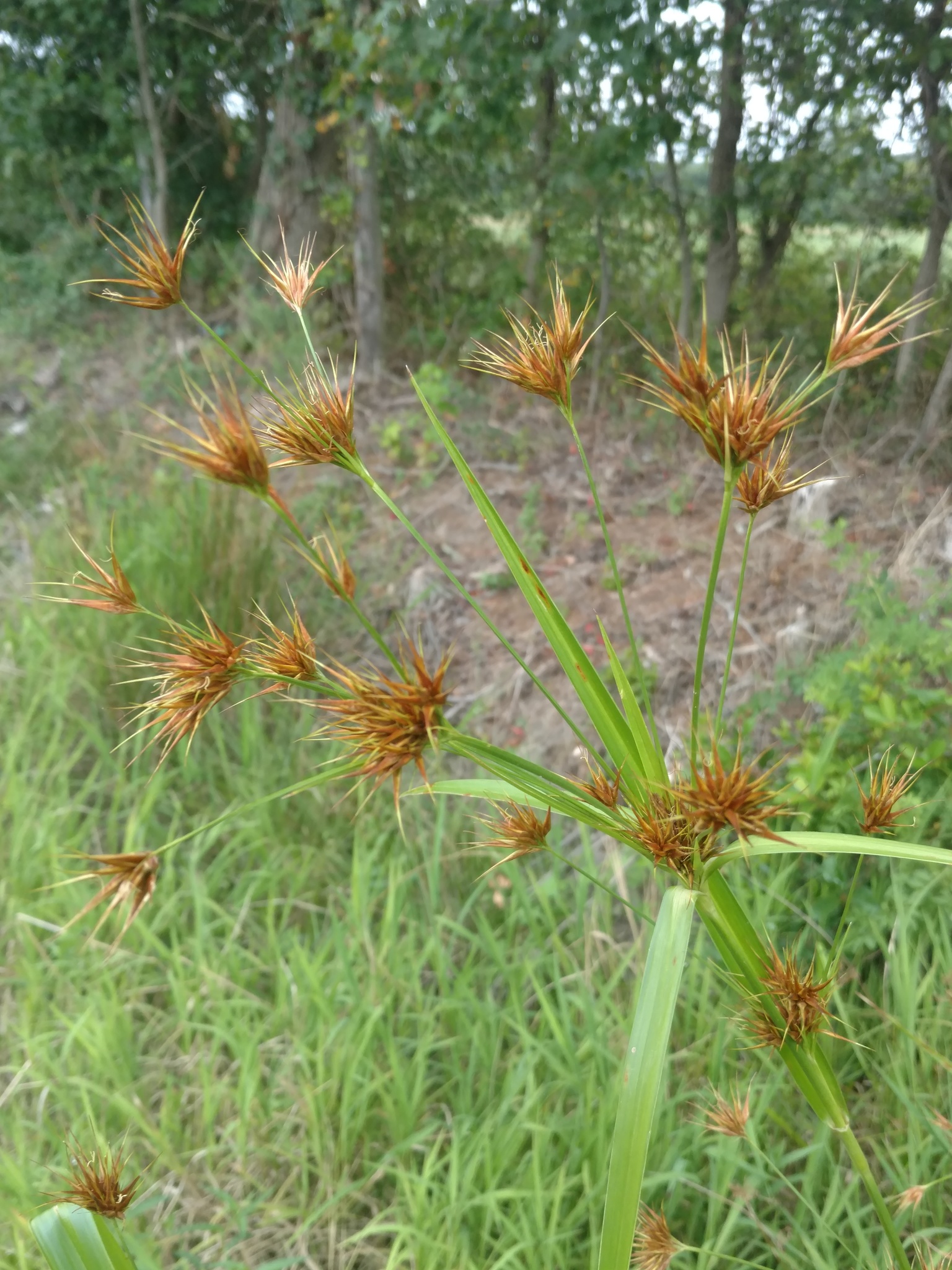Map Snapshot











68 Records
Seasonality Snapshot
Use of media featured on Maryland Biodiversity Project is only permitted with express permission of the photographer.
Talled Horned Beaksedge in Queen Anne's Co., Maryland (8/25/2013).
Media by
Jim Stasz.
Tall Horned Beaksedge in Worcester Co., Maryland (7/27/2013).
Media by
Jim Brighton.
Tall Horned Beaksedge in Dorchester Co., Maryland (8/27/2015).
View Record Details
Media by
Jim Brighton.
Tall Horned Beaksedge in Dorchester Co., Maryland (10/13/2013).
View Record Details
Media by
Bill Hubick.
Tall Horned Beaksedge in Worcester Co., Maryland (8/3/2019).
View Record Details
Media by
Bill Hubick.
Tall Horned Beaksedge in Dorchester Co., Maryland (8/5/2019). (c) Wayne Longbottom, some rights reserved (CC BY-NC).
View Record Details
Media by
Wayne Longbottom.
Tall Horned Beaksedge in Dorchester Co., Maryland (10/11/2020). (c) Wayne Longbottom, some rights reserved (CC BY-NC).
View Record Details
Media by
Wayne Longbottom.
Source: Wikipedia
| Rhynchospora macrostachya | |
|---|---|

| |
| Scientific classification | |
| Kingdom: | Plantae |
| Clade: | Tracheophytes |
| Clade: | Angiosperms |
| Clade: | Monocots |
| Clade: | Commelinids |
| Order: | Poales |
| Family: | Cyperaceae |
| Genus: | Rhynchospora |
| Species: | R. macrostachya
|
| Binomial name | |
| Rhynchospora macrostachya Torr. ex A.Gray
| |
Rhynchospora macrostachya, the tall horned beaksedge or tall beaksedge, is a plant in the sedge family, Cyperaceae. It is a perennial.[1]
Conservation status in the United States
[edit]It is listed as threatened in Connecticut[2] and Rhode Island.[1] It is listed as rare in Indiana, and as endangered in Kentucky and Maine.[1]
References
[edit]- ^ a b c "Plants Profile for Rhynchospora macrostachya (tall horned beaksedge)". plants.usda.gov. Retrieved 24 January 2018.
- ^ "Connecticut's Endangered, Threatened and Special Concern Species 2015". State of Connecticut Department of Energy and Environmental Protection Bureau of Natural Resources. Retrieved 19 January 2018. (Note: This list is newer than the one used by plants.usda.gov and is more up-to-date.)






